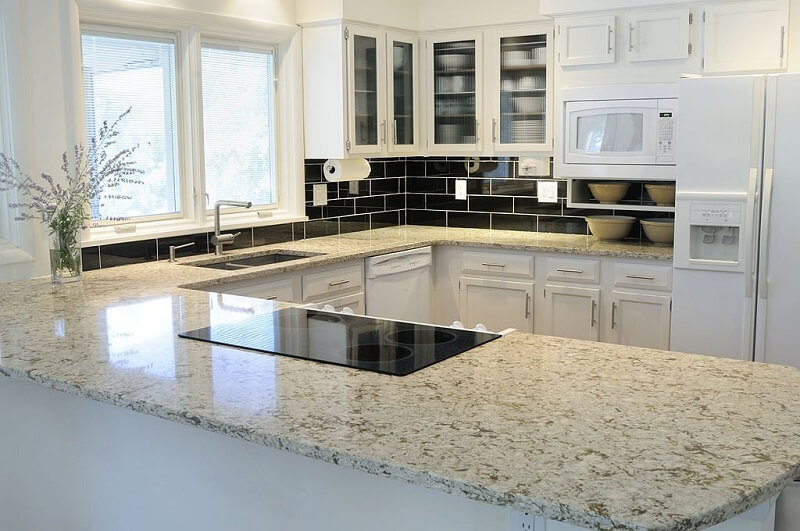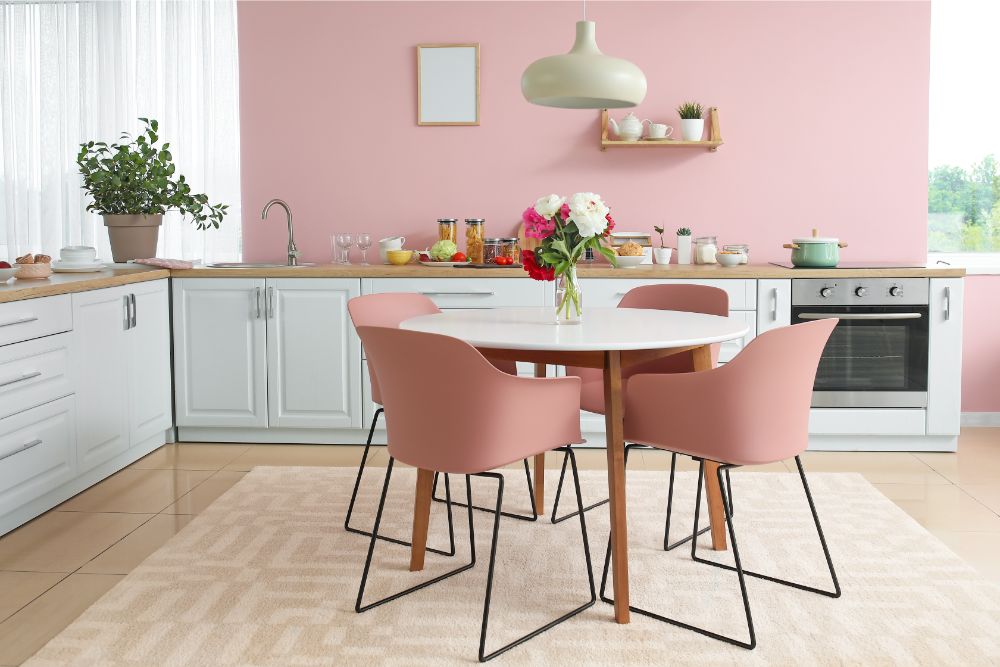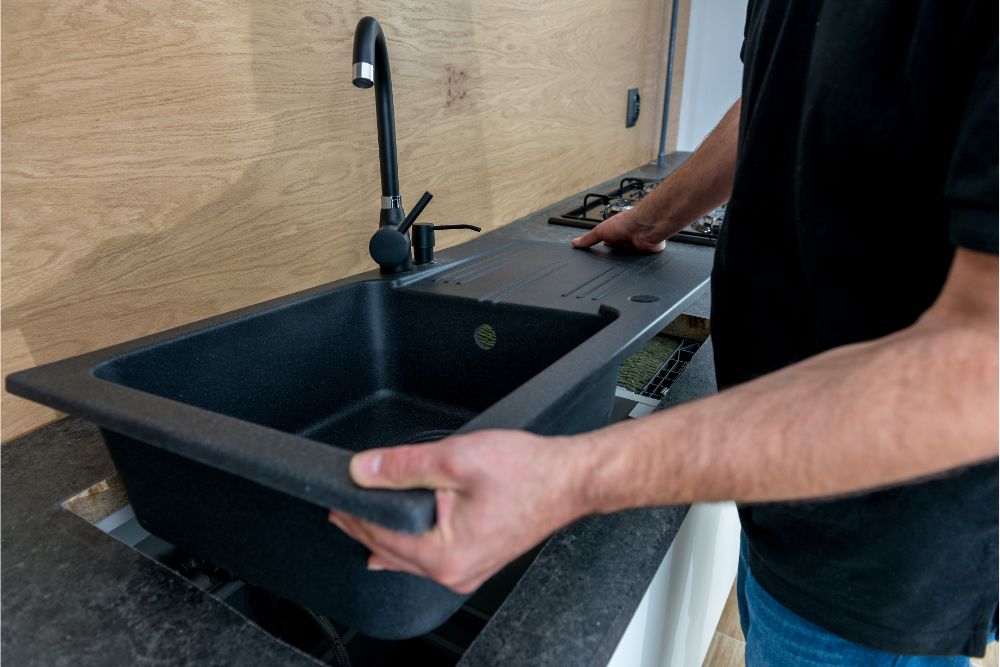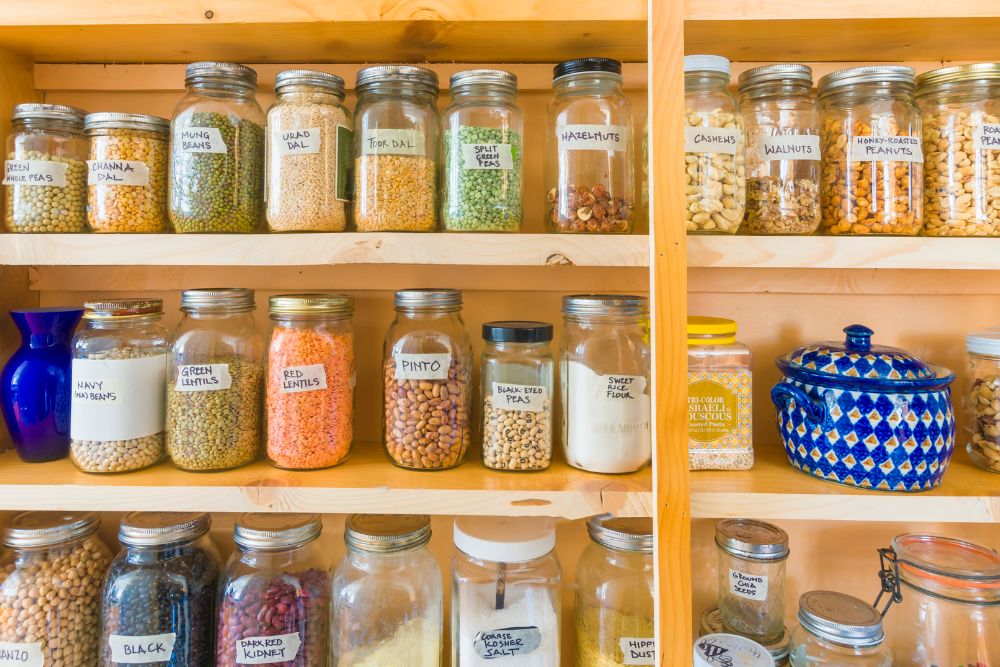Welcome to Granite Benchtops 101: All You Need to Know. If you’re considering a kitchen renovation or simply want to upgrade your countertop, the world of granite benchtops may seem vast and overwhelming. Don’t fret, we’re here to guide you through the process, from understanding what granite is to selecting, maintaining, and even debunking common myths about granite benchtops.
What is Granite?
Granite is a common type of igneous rock that is renowned for its durability, beauty, and versatility. It is formed deep within the Earth’s crust through the slow cooling and solidification of molten magma, making it one of the hardest and most resilient natural stones available. Granite is composed primarily of three main minerals: quartz, feldspar, and mica. These minerals combine to give granite its distinct speckled appearance and varying colors, which can range from pink, gray, and white to black and even more exotic hues.
One of granite’s most remarkable features is its exceptional hardness. It ranks high on the Mohs scale of mineral hardness, making it highly resistant to scratches, abrasion, and everyday wear and tear. This durability makes it an ideal choice for a wide range of applications, including kitchen countertops, bathroom vanities, flooring, wall cladding, and outdoor landscaping.
Advantages of Granite Benchtops
Granite benchtops are popular for many reasons, including their variety of colors and patterns, resilience to heat and scratches, and long lifespan. Additionally, they add value to your home and provide a sanitary surface for food preparation since bacteria cannot penetrate its sealed surface.
Types of Granite
Granite comes in a diverse array of types, each characterized by unique colors, patterns, and mineral compositions. Some of the most notable types of granite include:
-
Bianco sardo: This granite, originating from Italy, features a light gray to the beige background with specks of darker minerals. It’s a versatile choice for countertops and flooring.
-
Absolute black: As the name suggests, this granite is jet black and comes from India. It’s prized for its elegance and is often used in high-end interior designs.
-
Giallo ornamental: Hailing from Brazil, Giallo Ornamental is known for its warm, golden hues with specks of gray and black. It adds a touch of sophistication to any space.
-
Santa cecilia: This Brazilian granite boasts a rich, golden background with dark mineral flecks. It’s a popular choice for kitchen countertops due to its warm and inviting appearance.
-
Blue pearl: Quarried in Norway, Blue Pearl granite has a striking blue-gray background with reflective minerals that create a shimmering effect. It’s a favorite for contemporary designs.
-
Uba tuba: This Brazilian granite is known for its deep, dark green background and flecks of gold, brown, and black. It brings a touch of nature’s beauty to indoor and outdoor settings.
-
Tan brown: Quarried in India, Tan Brown granite features a brown background with black and gray specks. Its warm and earthy tones make it suitable for various applications.
These are just a few examples of the countless granite varieties available. The choice of granite type depends on personal preferences, the intended use, and the overall design scheme of the space, allowing for a wide range of possibilities in interior and exterior design.
Granite Benchtop Selection
Selecting a granite benchtop is a personal choice that depends on your taste, budget, and kitchen design. Consider the color, pattern, finish, and edge style when making your selection.
Granite Maintenance
Maintaining your granite benchtop is easy. Regular cleaning with mild soap and water is usually sufficient. However, granite needs to be sealed periodically to prevent stains and damage.
Granite vs. Other Benchtop Materials
Granite benchtops are a higher-end choice compared to laminate or tile but are generally less expensive than quartz. Each material has its pros and cons, so it’s important to weigh these factors before making a decision.
Installation Process
The installation process for a granite benchtop is complex and requires professional assistance. It involves measuring the space, cutting the granite to fit, polishing the edges, and sealing the surface.
Cost Considerations
Granite benchtops can be expensive, but the cost varies depending on the type of granite, the complexity of the installation, and where you live. However, considering its durability and lifespan, it can be a good investment in the long run.
Granite Benchtop Care Myths
There are many myths about granite benchtops, such as they’re hard to maintain or easily stain. We’ll debunk these myths and provide you with factual information so you can make an informed decision.
Conclusion
In conclusion, granite benchtops are a beautiful, durable, and valuable addition to any kitchen. While they require some maintenance and can be costly, the benefits they offer make them a worthwhile investment.
If you’re ready to enhance your kitchen with a granite benchtop, reach out to a professional today. They can assist you with the selection and installation process, ensuring you get the perfect benchtop for your needs.











